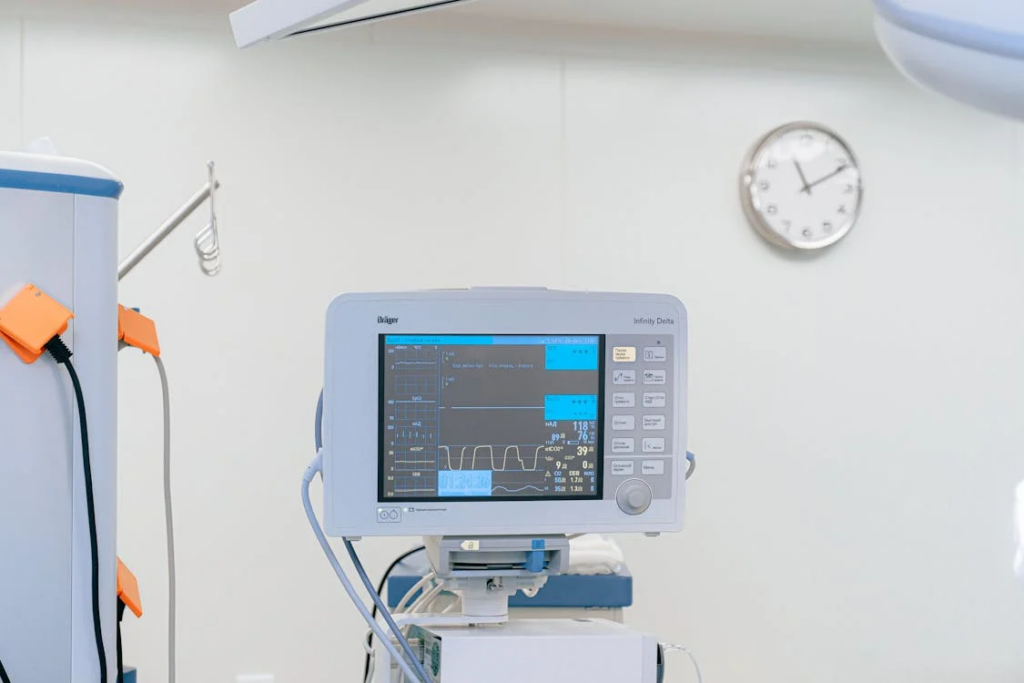The spinal surgery recovery process requires patience, understanding, and gentle self-care. This guide is designed to support you through the healing process, offering practical advice and emotional encouragement. Whether you have undergone spinal stenosis surgery or are treating another spinal condition, we aim to provide everything you need to know to help you through the coming months.
Why a Person Might Need Spine Surgery
Several medical conditions might lead a doctor to recommend spine surgery which range from long-term conditions to back traumas, and general deterioration of the spine.
- Herniated or damaged discs can cause severe pain and nerve compression, potentially requiring surgical intervention. When a disc bulges or breaks, it can press on nearby nerves, creating intense discomfort and limiting a person’s mobility.
- Spinal stenosis is another common reason for surgery. This condition occurs when the spinal canal narrows, putting pressure on nerves and causing pain, weakness, and numbness in the legs and back. Older adults are more likely to experience this condition.
- Severe spinal injuries from accidents, such as car crashes or sports mishaps, can also necessitate surgical repair. These traumatic events might damage vertebrae, cause fractures, or create instability in the spine that requires surgical correction.
- Degenerative conditions like scoliosis, where the spine curves abnormally, can sometimes require surgery to prevent further progression and reduce pain. Spinal tumors, whether cancerous or benign, might also need surgical removal to prevent additional health complications.
- Chronic conditions such as severe arthritis in the spine can cause significant joint deterioration, leading to constant pain and reduced quality of life. When pain management and physical therapy no longer provide relief, surgery might become the recommended treatment option.
Sometimes, persistent back pain that doesn’t respond to conservative treatments like medication, physical therapy, or injections might ultimately require surgical intervention to provide long-term relief and improve a patient’s overall function.
Post-Spinal Surgery Recovery Tips
Although the recovery process is different for everyone, the guidance below should provide a roadmap for almost everyone who has undergone spine surgery.
Initial Days of Recovery
The initial days after surgery are crucial and you’ll likely feel mixed emotions – relief, hope, and perhaps, some anxiety. This is completely normal. Your body has just undergone a major procedure, and healing takes time. The hospital’s medical staff will help manage pain, begin gentle movement, and start your initial recovery.
Pain Management
Pain is your body’s way of communicating and you’ll work closely with your healthcare team to manage it effectively. You’ll likely receive pain medications that will change over time. Feel free to discuss how you’re feeling. Some days will be harder than others. Consider complementary pain management techniques like deep breathing, relaxation, or gentle guided meditation.
Mobility and Healing
Movement might seem challenging, but it’s critical to your recovery. Your physical therapist will become an important guide. They’ll help you understand how to move safely and gradually increase your activity. Start small—walk a few steps, gently stretch, and listen to your body. Each small movement is a victory.
Continue with recommended exercises, maintain good posture, and stay positive. Each day is a step towards renewed health and mobility.
Nutrition
Your body needs extra support during healing and you need to focus on nutritious, easy-to-digest foods. Protein helps repair tissues, while fruits and vegetables provide essential vitamins. Stay hydrated and consider supplements recommended by your doctor.

Emotional Factors
Physical recovery and emotional recovery go hand in hand. You might experience a range of emotions like frustration, hope, fear, and excitement. This is a normal part of the healing process and you should consider talking to a counselor, joining a support group, or sharing your feelings with loved ones. Your mental health is just as important as your physical healing.
Creating a Healing Environment
Prepare your home for recovery by removing tripping hazards, arranging things to be within easy reach, and creating a comfortable recovery space. Ask family or friends for help with daily tasks as there’s no shame in asking for support. Although rest is important, remember to try and move as much as possible, including short walks.
Wound Care and Infection Prevention
Keep your surgical site clean and follow your doctor’s instructions precisely. Watch for any signs of unusual changes such as increased redness, swelling, or discharge. Your body will be working hard to heal, and proper care can significantly speed up this process.
Recovery Timeline
Predicting a recovery can be next to impossible as each person’s body is different . Some days you’ll feel progress while other days might feel more challenging. This is completely normal. Typically, patients see significant improvements over 3-6 months, but everyone’s journey is unique, and don’t expect instant results.
Post-Spinal Surgery: Warning Signs to Watch For
While most recoveries go smoothly, you still need to stay alert and watch for signs of possible complications.
Contact your healthcare provider if you experience:
- Persistent high fever
- Increased, unexplained pain
- Unusual wound changes
- Significant mobility issues
Spine surgery, like any medical procedure, comes with potential risks and complications. Infection is a common concern, which can occur at the surgical site and may require additional treatment with antibiotics. Some people may have adverse reactions to anesthesia, which can cause breathing problems or other unexpected health issues.

There’s also a risk of bleeding during or after the surgery, which could lead to complications. Some patients might experience nerve damage, resulting in weakness, numbness, or pain in their limbs.
Blood clots are another potential issue, especially if a patient remains immobile for an extended period after surgery. These clots can be dangerous if they travel to the lungs or heart.
In rare cases, the surgery might not fully resolve the original problem, or patients could experience ongoing pain. There’s also a small chance of spinal fluid leakage or hardware failure if implants are used. Recovery time and potential complications vary depending on the specific type of spine surgery and individual patient health.
Spine surgery is a challenging experience, but with the right support, patience, and care, you can recover and reclaim your life. Your body has an incredible capacity to heal, and there is plenty of support on offer during the entire process.
Thank you for reading. We hope this guide has helped to provide some reassurance about the post-spinal recovery process, and we wish you luck on your healing journey.

